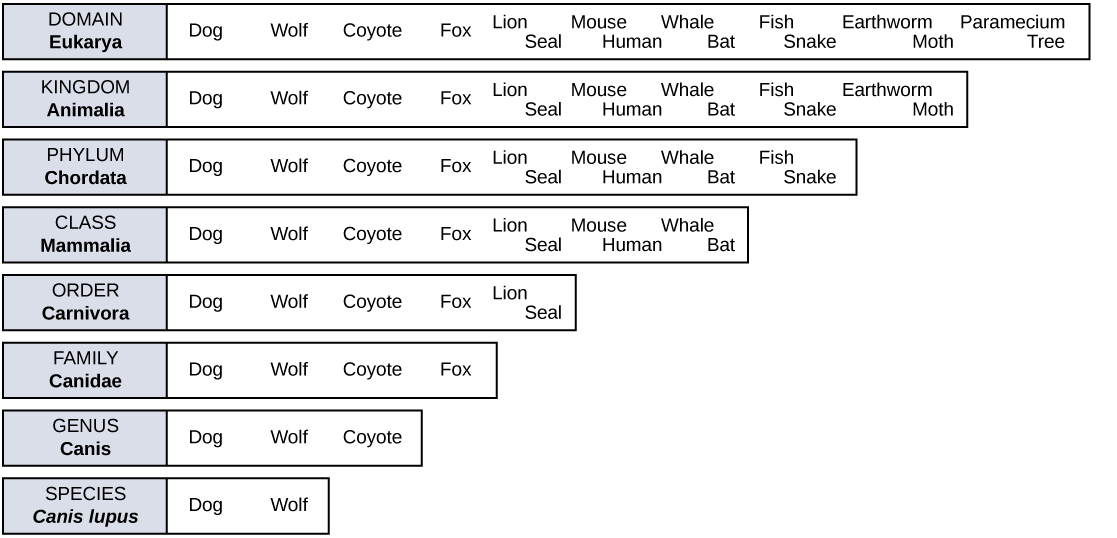| << Chapter < Page | Chapter >> Page > |
All the individuals of a species living within a specific area are collectively called a population . For example, a forest may include many white pine trees. All of these pine trees represent the population of white pine trees in this forest. Different populations may live in the same specific area. For example, the forest with the pine trees includes populations of flowering plants and also insects and microbial populations. A community is the set of populations inhabiting a particular area. For instance, all of the trees, flowers, insects, and other populations in a forest form the forest’s community. The forest itself is an ecosystem. An ecosystem consists of all the living things in a particular area together with the abiotic, or non-living, parts of that environment such as nitrogen in the soil or rainwater. At the highest level of organization ( [link] ), the biosphere is the collection of all ecosystems, and it represents the zones of life on Earth. It includes land, water, and portions of the atmosphere.
The science of biology is very broad in scope because there is a tremendous diversity of life on Earth. The source of this diversity is evolution , the process of gradual change during which new species arise from older species. Evolutionary biologists study the evolution of living things in everything from the microscopic world to ecosystems.
In the 18th century, a scientist named Carl Linnaeus first proposed organizing the known species of organisms into a hierarchical taxonomy. In this system, species that are most similar to each other are put together within a grouping known as a genus. Furthermore, similar genera (the plural of genus) are put together within a family. This grouping continues until all organisms are collected together into groups at the highest level. The current taxonomic system now has eight levels in its hierarchy, from lowest to highest, they are: species, genus, family, order, class, phylum, kingdom, domain. Thus species are grouped within genera, genera are grouped within families, families are grouped within orders, and so on ( [link] ).

The highest level, domain, is a relatively new addition to the system since the 1990s. Scientists now recognize three domains of life, the Eukarya, the Archaea, and the Bacteria. The domain Eukarya contains organisms that have cells with nuclei. It includes the kingdoms of fungi, plants, animals, and several kingdoms of protists. The Archaea, are single-celled organisms without nuclei and include many extremophiles that live in harsh environments like hot springs. The Bacteria are another quite different group of single-celled organisms without nuclei ( [link] ). Both the Archaea and the Bacteria are prokaryotes, an informal name for cells without nuclei. The recognition in the 1990s that certain “bacteria,” now known as the Archaea, were as different genetically and biochemically from other bacterial cells as they were from eukaryotes, motivated the recommendation to divide life into three domains. This dramatic change in our knowledge of the tree of life demonstrates that classifications are not permanent and will change when new information becomes available.

Notification Switch
Would you like to follow the 'Environmental biology' conversation and receive update notifications?